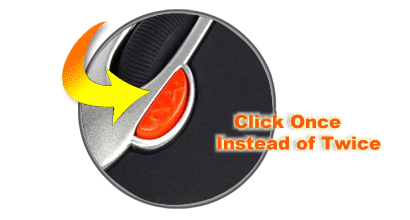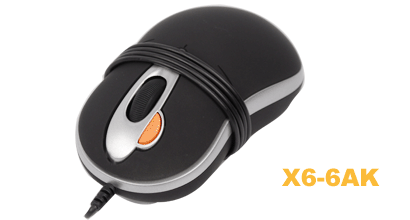My old mini mouse that I used with my laptop is in the coma. The left mouse button is not working any more. So, I passed by a computer shop today to get myself a new companion. The simplest mouse (out of the mini range) that was available was A4Tech Glaser X6-6AK.
It is a fine peripheral.
- Small size (mini)
- Short cable, which wraps around and a USB plug that folds into the bottom side.
- Matte surface, which decreases slippage
It’s not the cheapest mouse in the shop (price tag just under 20 EUR), but it is a pleasure to use.
And there is one thing about this mouse and pretty much every other mouse that I’ve seen today that totally blows my mind an suggests to me that the end of human race is much closer than I thought. Did you notice that orange button on the image above? Do you have any idea what that button does? I’ll give you a hint – it’s marked with “2X”. I had to pause and pull myself together when I learned. Here is the truth.

It’s a double-click button! Say what? Firstly, is double-clicking really such an exhausting activity that people need a separate mouse button for it? And secondly, even if someone does need a button like that, do we really have to have it on ALL mice? I mean, there wasn’t a single mouse in the shop that didn’t have this button.
I am officially puzzled and confused.


